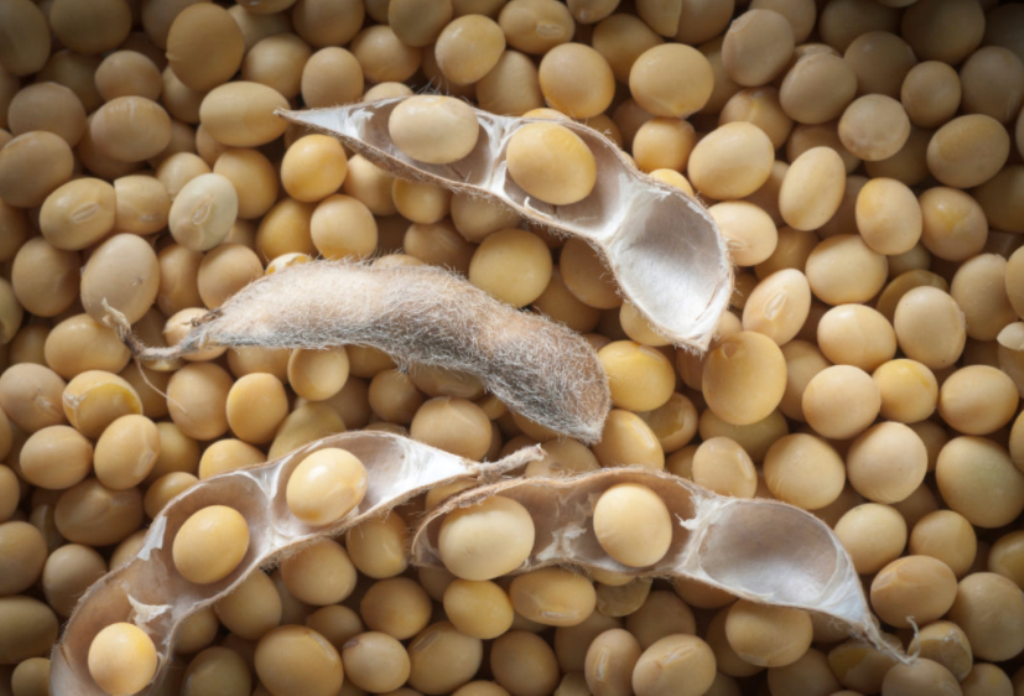
Soybean prices have been trending upwards after the March lows. If compared with edible oil gains, soybean has shown moderate appreciation as the poultry industry was reviving in a slower pace during the second quarter. But as the unlocking activity started, consumption in the poultry products began improving July-August onwards. Due to increasing consumer confidence regarding poultry consumption, people have started dining out in greater numbers in those areas, where hotels and restaurants have started functioning. Sources say that consumption of chicken had reached 57 percent to 60 percent of the pre-COVID time till September, and there is higher possibility of consumption to reach over 70 percent in the current quarter. Egg consumption has increased in last few months, and is clearly reflected in price levels, which are higher than June end levels presently. Ex-farm prices in eggs and chicken can further increase in coming weeks as per poultry industry persons.
The World supply demand factors continue indicating increasing price outlook because of lower production outlook, stable domestic demand and November month’s USDA report, in addition to strength in global edible oil markets. As per the November month’s USDA report, the 2020/21 global oilseed supply and demand forecasts include lower production and crush, resulting in lower exports of oilseed meals and vegetable oil. World oilseed production is lowered 5.6 million tons to 473.3 million, mainly on lower soybean crops for Argentina and India and lower sunflower seed production for Ukraine and Russia. Oilseed yields are reduced for Ukraine and Russia on dry weather conditions during the season and recent harvest results. Argentina’s soybean production is lowered as economic uncertainty reduces area expansion. World oilseed stocks are increased slightly as lower cottonseed, sunflower seed, and peanut stocks are offset by higher soybean stocks. Foreign soybean stocks are increased mainly on 2019/20 revisions to imports and crush for China and Argentina, respectively.
The delayed withdrawal of monsoons had damaged the standing crop of India, due to which production estimate is being lowered by official agencies. Loss in yield or area in regions of MP and Maharashtra due to heavy rains in recent weeks, had adversely affected the crop growth in these states. The USDA has reduced India’s crop estimate to 90 Lakh tonnes versus earlier estimates of 114 Lakh tonnes. Lowering of India’s Soybean production estimate by nearly 20% will be another major positive price driver in the longer run. Although the recent reduction in import duty in palm oil has raised concerns regarding chances of upward trend to reverse (at least in the short run), this effect will be short lived since the bigger picture indicates a positive price scenario. Also, this news will be supportive for the Malaysian palm oil on higher chances of import deals to emerge from India. Therefore in coming days the negative impact will be diluted in domestic palm oil to a large extent, thereby preventing soybean prices to depreciate.
US soy complex markets remain firm versus previous quarter, on the back of USDA’s 75-million-bushel jump in soybean exports and drop in the supply to 346 million bushels between August and November. Recent rains have brought relief to Argentina's central farm belt, but the crop remains vulnerable to stress as dryness persists in most of the growing belts of the country. At the same time planting has slowed down in Brazil due to uneven weather situation. Persistent unfavorable weather in these countries at this point of time, when the crop is in the growth stage can result in lower yields, ultimately pointing to chances of appreciation of global soybean prices in the longer run. However few weeks of monitoring shall be required for making a concrete inference in this context. On the whole the upward trend does remain intact for Indian soybean, and farmers or stockists/traders should continue holding their produce in order to receive better returns in near future.
















